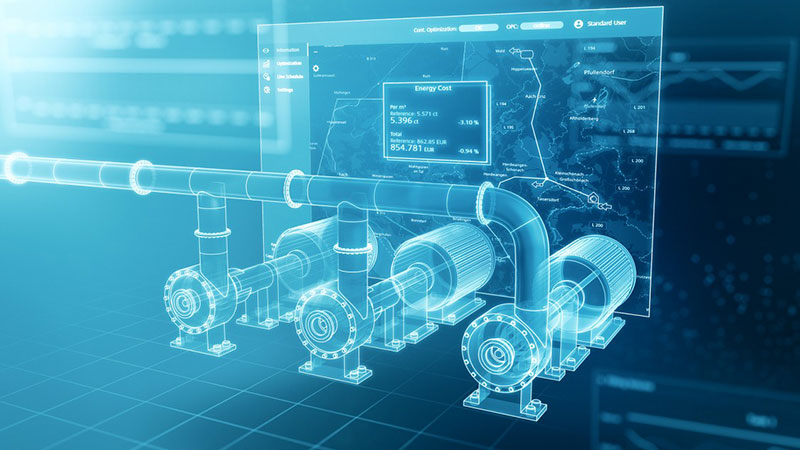
Approximately 2.3 billion people suffer from water stress on the planet. More than a fourth of it is in India that continues to be severely affected as compared to other countries in terms of access to safe water. With over 100 million households in India still lacking access to clean water, the situation threatens to worsen further with India’s overall population expected to touch nearly 1.7 billion by 2050. By 2030, India’s water demand is projected to be twice the available supply, implying severe water scarcity for hundreds of millions of people and an eventual 6% loss in the country's GDP. It is not surprising that the WWF’s Risk Filter analysis has projected a bleak scenario for India, with 30 metropolitan and tier 1 category cities being qualified as ‘high risk’ and extremely ‘susceptible to water risk in the next few decades’.
In a country where 600 million people experience severe water shortages, about 2,00,000 die due to inadequate water supplies and 163 million people lack access to clean water, the pandemic outbreak has highlighted the significance of water. If India fails to supply adequate clean water necessary for human survival, vulnerability to COVID-19 and other illnesses will continue to be high in the future.
It is critical that Indian water utilities adopt a smart approach to water management in all Indian cities and uncover the unlimited potential that digital technologies can offer to transform the city water network systems. It is time that they get empowered to become more resilient, innovative and efficient, when arriving at effective and economically viable strategies. At a time when the government is focusing on delivering clean water to every household in the country to boost economic development and improve quality of life of people through local development and smart technology, deployment of digital infrastructure in water management is essential.
India’s mission to lead the change in building a water smart and resilient India essentially needs understanding and discussion around the critical challenges and how smart water meters and digitalisation of water can lead the way, more so given the implications of the pandemic.
Digitization provides diversity and modularity, by combining water as per usage with digital control to support data-driven models that can help integrate and optimise treatment plants, reservoirs, smart pumps, valves, sensors and actuators. It can also enable each device to “talk” to each other or for that matter to the utility and customers, and send real-time information that can be accessed and shared over the cloud.
The five ways in which digital water infrastructure can drive the water sector transformation in India:
Smart water meters enable the utilities to detect leakages earlier than usual and monitor usage to aid enforcement efforts. Leakage, apparent losses and rising non-revenue water (NRW) has been a major concern for Indian utilities. Under these conditions, it would be possible to detect such leaks early, skip unnecessary costs on repair/replacement and generate more savings by deploying smart water meters.
Unaffected by trapped air, sand or particles within the water, which ensures accurate readings from the beginning until the end of its service life, and subsequently preventing unplanned maintenance costs, smart water meters are the best when it comes to long term investment.
Trials in the industry have shown that consumers receiving regular, accurate billing do not call their suppliers as often to question or dispute bills. This has a direct cost saving for utilities and improves customer satisfaction. The high accuracy of the smart water meters improves the accountability of non-revenue water due to no pipe cracks or undetected leakages which in turn helps to generate error-free and correct billing.
pting smart water infrastructure and management would mean smart real-time monitoring, metering at various levels and automation that will overall ensure a reduction in systems losses and renewed sentiments for water recycle and reuse, to improve efficiency and reduce water stress. Through the use of smart meters, utilities can exercise better control over water consumption patterns even at individual households. All of these together will be able to address the prevalent NRW challenge effectively.
The ata collected helps water utilities to manage distribution networks more efficiently to conserve water, to provide accurate billing to customers and to inform them about leaks, fraud or unusual usage patterns well in advance. It can also help to arrive at strategic decisions, improvise on business models and services to better the water supply, water conservation efforts and overall customer experience.
India’s digital water journey has started gaining momentum over the last decade and utilities are adopting and implementing it to make water supply system more efficient and sustainable. But other critical water challenges like climate change, increasing urbanisation, ageing infrastructure is yet to be addressed to holistically accelerate this momentum.